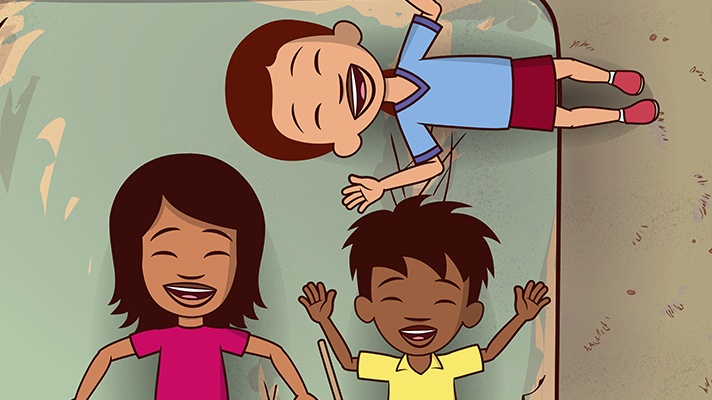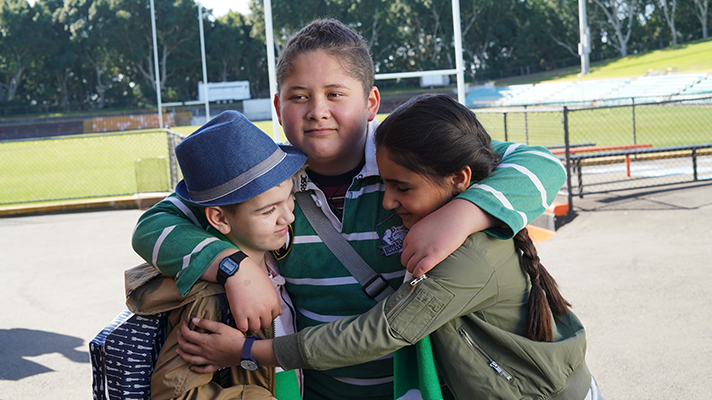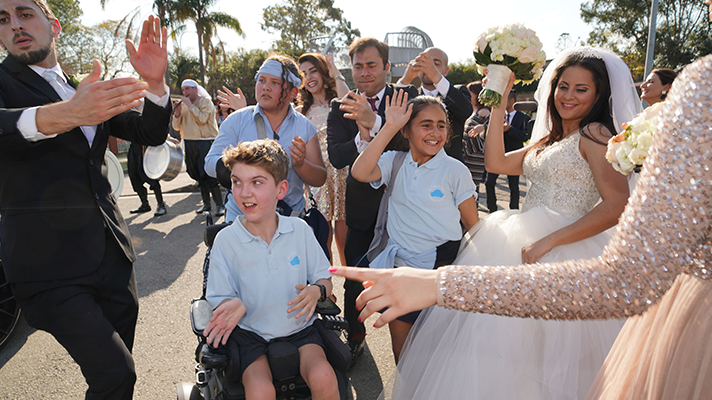Building Cultural Competence through Children’s Content
Janine Kelly
16 Aug 2019
Stories shape the way that we see ourselves and the world around us. When we understand this, the importance of broad representation in children’s media becomes abundantly clear. The stories that children view inevitably contribute to their understanding of what is ‘normal’, what is valued – and who is valued. Children who see their own lives reflected on screen are reassured that stories like theirs are important and worth telling. Looking beyond the affirmation experienced by individual viewers though, diverse and positive media representation has the power to change entire communities. This is because the screen content we watch also influences how we think about others.
Educators have long understood the value of locally produced screen content and its usefulness in building students’ intercultural understanding. As Early Childhood Australia (ECA) explained in a recent blog piece, it is not always practical to provide students with face-to-face opportunities to interact with other cultures: digital technology, including quality children’s television programs, provides an alternative way in. When used intentionally by knowledgeable educators, screen content can help children explore and understand cultural diversity in our local context. In this instructive article, ECA shares how the animated series Little J and Big Cuz supports early childhood educators in incorporating Aboriginal and Torres Strait Islander knowledge, understanding and skills in their teaching.
 Little J and Big Cuz
Little J and Big Cuz
An initiative of the Australian Council for Educational Research, Little J and Big Cuz was designed to provide pre-school aged children with a window into the world of school. The series follows the lives of two Indigenous children living in the outback: five-year old Little J (who has just started school), and his older cousin. Together the pair explore their Indigenous identity, connection to country, and the wider world around them. Six episodes have been re-voiced in Aboriginal languages, and the series is accompanied by comprehensive education resources for K-2 students.
Case studies shared by the ECA illustrate how Little J and Big Cuz developed Indigenous and non-Indigenous children’s ‘cultural competence’; the ability to understand, communicate and respectfully interact with people across cultures. Positive outcomes observed by educators included: children making connections to Indigenous stories in their own local area; children learning about Aboriginal languages; and an increased interest in native animals. Educators also noted that the characters modelled respectful and empathetic behaviours – essential dispositions for communicating effectively with people across cultures.
This particular series was used to build children’s understanding of Aboriginal culture. But as our nation’s kids are not a homogenous group, a diversity of children’s lives is represented in a diversity of Australian screen stories. In other educational settings, teachers are using series including Hardball, Mustangs FC and Woven Threads to illustrate the cultural diversity within our country.
 Hardball
Hardball
In a recent email to the ACTF, a primary teacher shared her unique perspective on the popular comedy series, Hardball. Set in a multicultural western Sydney neighbourhood and featuring a diverse young cast, this series tells the story of a competitive school handball tournament. The teacher explained that her Year 5/6 students at a remote island school have greatly enjoyed watching a weekly Hardball episode together. Their viewing has generated interesting discussions, particularly as many students are yet to visit mainland Australia, and as such have had limited interaction with children from other cultures.
Every Friday afternoon, these children are learning about the diversity of inner-city Australia. They are hearing Māori phrases, seeing Lebanese food, and observing how culture and language shape the identity of Block Street Primary. This content also encourages students to reflect on aspects of their own culture. In the Australian Curriculum, the cultural understandings children gain through viewing are acknowledged in the Intercultural Capability learning continuum. This document states that by the end of Year 4, our students should be able to: identify and describe what they have learnt about themselves and others from real, virtual and vicarious intercultural experiences.
 Hardball
Hardball
Quality, locally produced screen content is extremely powerful. For many Australian children, television series provide a crucial opportunity to learn about cultures other than their own. This builds their cultural competence, and ultimately encourages understanding and acceptance of others in the real world.





Comments
Comments for this post are open.